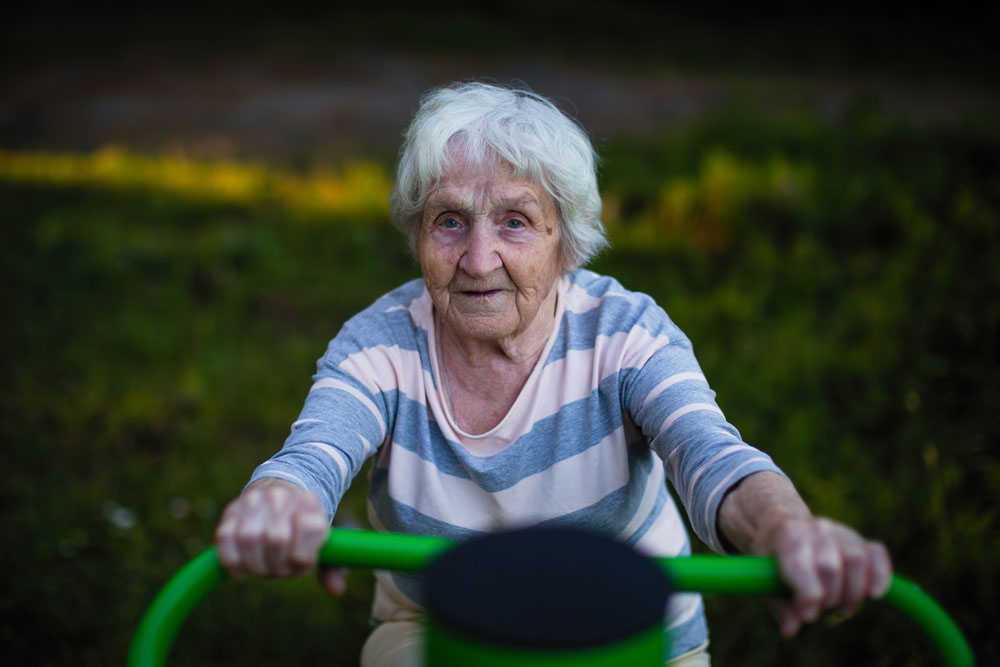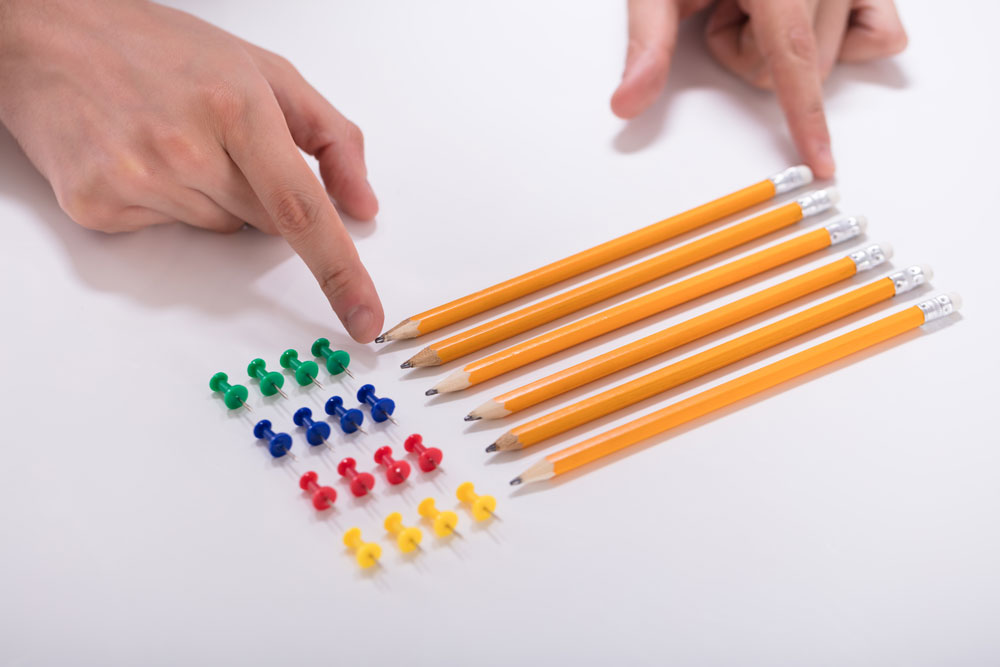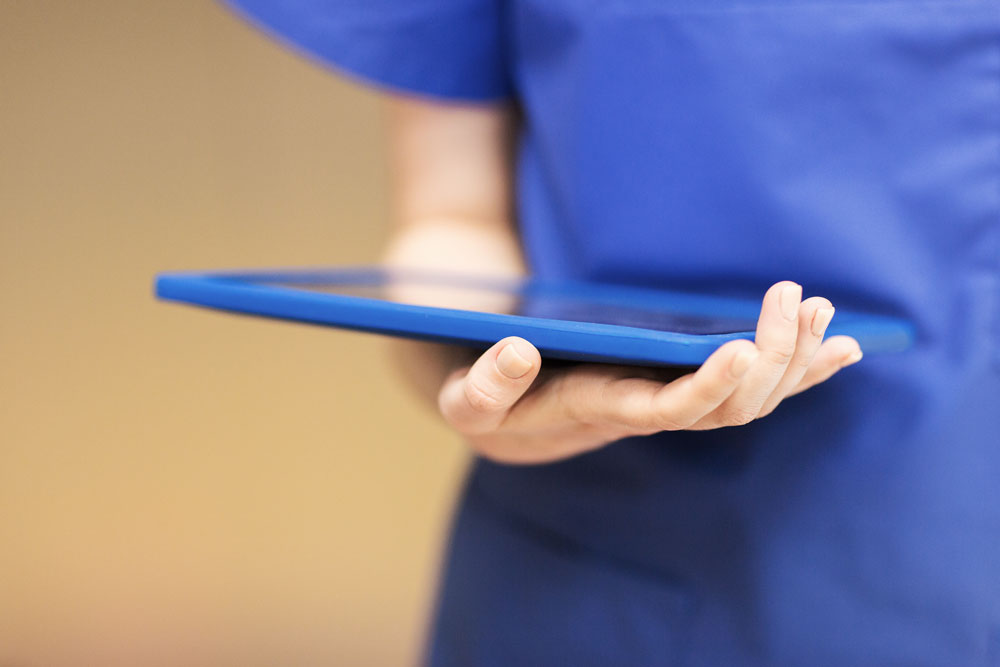Do you have suitable physical activities to offer all your residents?
This article is translated with AI and written based on Swedish conditions. Hopefully, it can inspire those interested from other countries.
Physical activity is a key component in promoting health and well-being amongst older adults, including those who live in care homes. By engaging in regular exercise activities, the elderly can improve their strength, balance, mobility, and cardiovascular health. Here, we will explore some of the suitable exercise activities that can be carried out in care homes to support the physical and mental health of the elderly. It provides well-being and counteracts depression. Muscle-strengthening activities reduce the risk of falls and prevent disease and care injuries.
 Foto: Mostphotos
Foto: MostphotosPhysical Activity on Prescription
Physical activity on prescription (FaR) is a concept that has been around for many years. FYSS (Physical activity in disease prevention and treatment for everyone) is a book that was published in 2004. It contains concrete tips on exercise for various medical conditions and can be very well used in elderly care. Many elderly people stop exercising when they get sick when they should instead exercise more. Exercise counteracts harmful stress hormones, leads to increased blood flow in the heart and vessels, improved bowel function, reduces blood fats, lowers blood pressure, and therefore reduces the risk of various injuries.
Collaborations have been started to improve the health of the population and reduce the use of medication. Instead of prescribing drugs as before, the care recipient can receive FaR - Physical activity on prescription, which means written advice on a prescription form. The prescription is preceded by motivational interviews MI. Conversations that can help the care recipient to change their habits and behavior.
It is never too late to start moving. Many elderly homes today have access to gyms and it happens that older people who have not been so inclined to exercise earlier in life start exercising when they move into an elderly home.
All forms of movement positively affect the body. Even sleep, memory, learning, and concentration ability are positively affected. By standing on one leg when you brush your teeth or dancing while you wash dishes, you can exercise your balance.
For frail elderly people, the training may need to be adapted. Occupational therapists or physiotherapists often need to adapt the training to the person's limitations. It is important to have a good working method to stimulate the residents to activate themselves based on their conditions. There are studies that show that measurable improvement can be achieved in terms of muscle strength and functional ability despite old age and chronic diseases in people living in elderly homes.
Examples of suitable activities for health and well-being in the elderly home
1. Walks:
Walks are one of the simplest and most effective training activities for the elderly. It can be adapted to different abilities and levels. For those with reduced mobility, short-term indoor walks may be a good starting point, while more active individuals can enjoy longer outdoor walks if the weather permits. Walks promote circulation and can be a social activity when performed in a group.
2. Strength training:
Strength training is crucial for preserving muscle mass and preventing muscle loss that can accompany aging. It can be performed with simple weights, resistance bands, or by using body weight. Even light strength training can have significant health benefits and improve the ability to perform daily activities.
3. Balance training:
Balance exercises are particularly important for older adults to reduce the risk of falls. Activities such as toe walking, foot lifts, or using a balance board can help improve balance and reduce the risk of injuries.
4. Chair stretches:
Chair stretches are gentle exercises that can be performed sitting on a chair. They are suitable for older adults with reduced mobility and can help increase flexibility and reduce stiffness.
5. Swimming and water aerobics:
For older adults with joint pain or limited mobility, water training can be ideal. Swimming and water aerobics are gentle on the joints and provide an effective full-body workout while helping to improve mobility.
6. Tai Chi:
Tai Chi is a form of Chinese martial arts that emphasizes soft, slow movements and deep breathing. It is particularly beneficial for balance and body control and can be performed at various levels.
7. Group training and social activities:
Group training and social activities such as dance classes, yoga, or light sports such as bocce can promote social interaction and physical activity simultaneously.
Consult a physiotherapist/physical therapist
It is important to individualize training programs and to consult a physical therapist or physiotherapist before starting a new training routine, especially if there are existing health problems. Regular physical activity in elderly homes can help improve quality of life, reduce the risk of diseases and help the elderly maintain their independence and mobility longer.
Read more about: Funktionsbevarande arbetssätt
Reflection - physical activity on prescription
Care personnel:
- Are there residents who exercise regularly on their own?
- What can you do to stimulate your residents to activate themselves?
- Do you have good routines for working functionally conservative with the residents?
- Are all residents offered activity?
Manager, nurse, occupational therapist, and physiotherapist:
- Do you evaluate the work with physical activity regularly?
- How do you motivate care personnel to work functionally conservative and to perform prescribed exercises with the residents?
- Does every resident participate in some form of physical activity?
Residents and relatives:
- How does it work with movement training and walks at the unit?
Erland Olsson
Specialist nurse
Sofrosyne - Better care every day

Aktuellt i media
-
2025-12-18 04:00
16 Sjukdom och död
Survivor conversations - an important element in working with next of kin
info Bild från Summer Stock
Bild från Summer Stock - 2025-12-15 04:00 17 Psykisk hälsa
- 2025-12-11 04:00 07 Riskhantering
- 2025-12-08 04:00 06 Dokumentation
- 2025-12-03 04:00 06 Dokumentation
- 2025-12-01 04:00 02 Värdegrund






